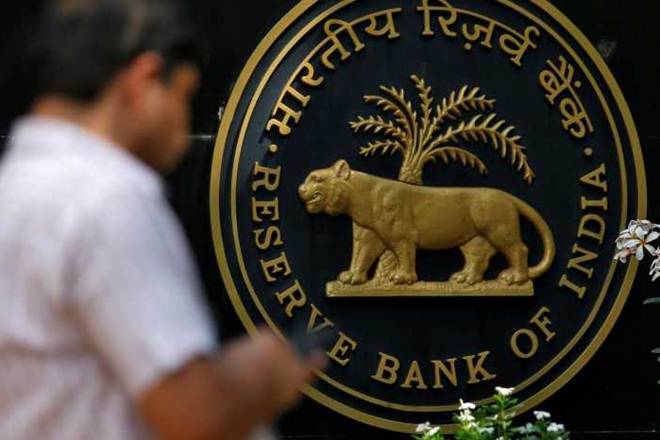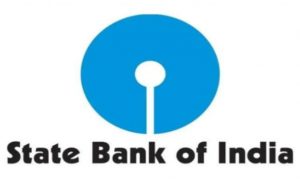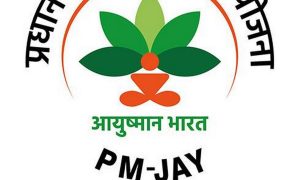A mid challenges in mobilising deposits and their higher cost, SFBs (small finance banks) are likely to explore alternative, non-deposit avenues to fund credit growth.
Read More:- Why Do Mutual Funds Hit Pause On New SIP? Here’s What You Need to Know
New Delhi: Segmental and geographical expansion, underpinned by a strong and increasing presence in semi-urban and rural markets with large unmet demand, will continue to drive growth for small finance banks (SFBs) in India this fiscal, a report showed on Monday. SFBs are expected to grow their advances by a robust 25-27 per cent this fiscal, according to a CRISIL Ratings report.
These banks are approved by the Reserve Bank of India (RBI), to further financial inclusion by primarily extending basic banking services to unserved and underserved sections, which include small and marginal farmers, small business units, micro and small industries and unorganised entities.
Also Read:- IRDAI Calls For Strategies To Lower Insurance Premiums, Aims For Universal Coverage By 2047
Amid challenges in mobilising deposits and their higher cost, SFBs are likely to explore alternative, non-deposit avenues to fund credit growth. That said, capital buffers to support growth remain healthy for SFBs, the report mentioned.
“Credit growth in new asset classes is seen at 40 per cent this fiscal, while that in traditional segments will be 20 per cent. With this, the portfolio mix will continue to shift. The share of new segments would cross 40 per cent by March 2025, twice the March 2020 level,” said Ajit Velonie, senior director, CRISIL Ratings.
Also Read– Domestic Banks, NBFCs now hold 36% exposure of Adani Group’s total debt
Most of this diversification is towards secured asset classes, resulting in the share of secured lending rising, albeit at a moderate pace, he informed. The estimated credit growth can be divided into two segments — traditional and new, with the latter driving the momentum.
The report mentioned that the constituents of new asset classes may vary across SFBs depending on their original segment focus, but would typically include mortgage loans, loans to MSMEs, vehicle loans and unsecured personal loans.
Read More:- No More Toll-free Journeys For Long Queues At Toll Plazas, Says NHAI: Details Inside
In terms of geographical penetration, the SFB branch network more than doubled over the five years to 7,400. Deposit growth, at 30 per cent in fiscal 2024 outpaced credit growth, in contrast to the overall banking sector.
“To optimise deposit mobilisation, the reliance on term deposits will continue, given the higher opportunity cost to maintain CASA balances for depositors in the current interest rate scenario,” the report said.
Read More:- No More Toll-free Journeys For Long Queues At Toll Plazas, Says NHAI: Details Inside
According to Subha Sri Narayanan, Director, CRISIL Ratings, SFBs will need to explore alternative funding routes to balance growth and funding cost, especially given the growing share of lower-yielding secured assets.





































